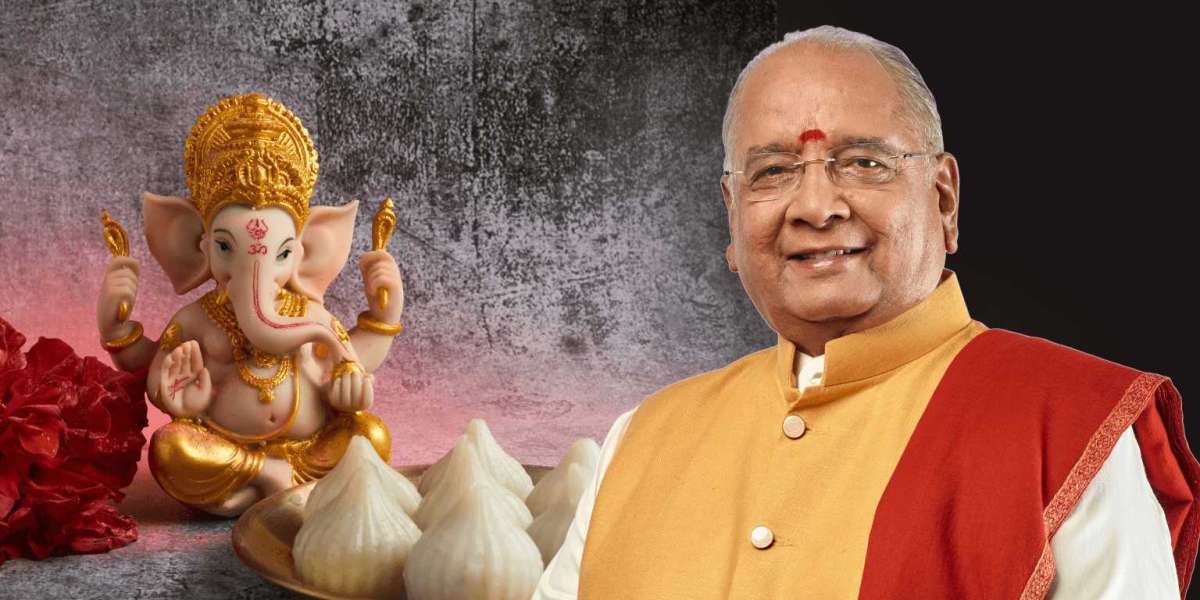One part of the definition of health in Ayurveda is the phrase ‘prasanna-atma-indriya-mana’. i.e. your soul, all your senses, and your mind, must remain in a cheerful state. The body is automatically included when we refer to the senses. These senses are touch, sight, hearing, smell and taste. Any sensory function or input is only possible when these senses work through, and as part of, the whole body. They are a medium of communication with the outside world. The mind, of course, is the program that provides the possibility of connection between the body and the atma (inner self or soul). You can think about it like a manager between the soul and the senses. The mind is expected to work for the soul to become prasann (cheerful and satisfied), but in a way that is in harmony with the senses and the body.
To remain in a state of Ananda or Bliss is the innate nature of the universal program or consciousness. The entire creation around us is a reflection of that Program. Thus, all of Creation as a whole, and each created entity, naturally wish to always remain in a state of bliss. Thus, to attain and sustain such a state of cheerfulness or contentment for this entity, consisting of body-mind-soul, is very much in harmony with the Universal Program.
This is the intention behind the design and practice of the cultural events and festivals of the rich and ancient Indian tradition. The purpose is to bring joy and contentment to the individual as well as to Janata Janardan i.e. the global family of human beings. The bliss that is expected from following such cultural practices does not have any degrees or superlatives, or any comparisons. It refers to pure joy that has no opposite.
One of the most loved and always trending festivals in Maharashtra is Ganesha Utsav (Festival of the God Ganesha). The entire state of Maharashtra and many other surrounding areas are filled with a vibrant energy during the 11 day long festival. In every city street we find displays of the statue of Ganesha, richly decorated and adorned, with every group or mandal showcasing their own style of representing and honouring Shri Ganesha.
From a visual point of view, the most striking feature of the deity is the head of an elephant with a long curved trunk. The head protects the most important organ of the human body i.e. the brain, which holds the master control of our entity. At this neural hub, the nerves and sensory inputs converge to interact and make decisions about all our activities. This is a highly evolved function where thinking, perception and understanding take shape. When a person’s awareness increases to the maximum, man is said to have reached the highest spiritual evolution. This establishes an obstacle-free or pure connection between body, mind and soul and the person experiences Param Ananda, or Ultimate Bliss.
In present times, our achievements in science continue to grow by leaps and bounds, like reaching and studying the surface of the moon with Chandrayaan 3. On the other hand, we also see the graph of ailments and disorders of the mind rising steadily over the last fifty years. We can see how rising cases of memory loss, Alzheimers, depression, and a general lack of purpose are leading us away from the state of bliss or increased awareness that has been described in the spiritual traditions.
Shri Ganesha is a deity of this age, the darker age, or Kaliyuga. He is also called ‘Vachaspati’ i.e. one who has complete mastery over speech. One of the important centres in our brain (or our head) is that of speech and communication. This centre functions in a very complex process. It taps stored information and memory, and takes inputs from organs of sight, taste, hearing and touch and generates a response in the form of meaningful thoughts and words. This function becomes our means of interacting with each other and the world outside. The energy of this centre, and also its ruler, is the deity, Shri Ganesha.
Thoughts can be expressed only as words. Throughout life, it is extremely important to be able to concentrate and focus (the function of the ‘head’) while one is thinking and articulating or expressing these thoughts. We find, however, that the function of the mind, connecting inside and outside, is a double-edged sword. It swings in many ways, or between two points, unable to decide. Until this mind has been channeled properly, the possibility of Param Ananda remains far away.
Thus, the base of all ancient Indian spiritual sciences and philosophies is the art of keeping the mind and the senses in the state of the golden middle, a fine balance, or an equilibrium. The first requirement to achieve this state is unwavering focus and attention leading to the decision-making capacity of the mind. In our culture, we have hymns or stotras to please deities. The hymn for Shri Ganesha is ‘Atharva-sheersha’. It is used to facilitate His divine blessings, or, to achieve exactly this first requirement of the fine-tuning of the mind. The word ‘a-tharva’ means, without oscillation or movement i.e. that which is steady.
Read more Mindful Celebrations for a Cheerful State of Being – Happy Anant Chaturdashi!
Visit Santulan Ayurveda to discover about ayurvedic treatments and ayurvedic diet.














